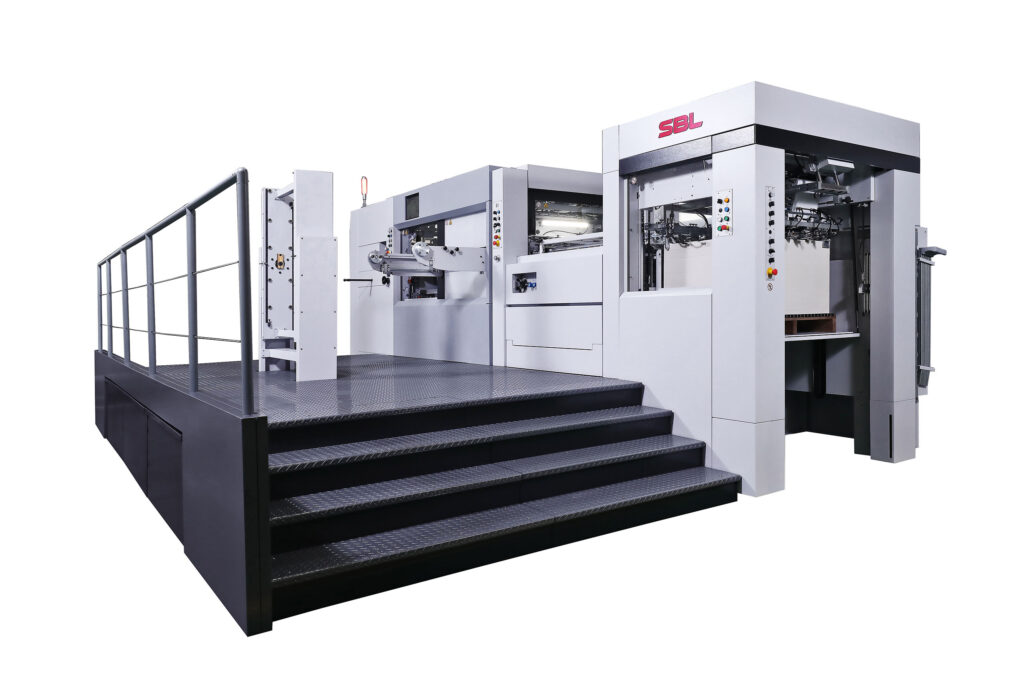In the Die cutting machine industry, there’s a famous saying: “When paper is fed smoothly, the machine delivers color; however, if paper feed isn’t optimal, the output appears in black and white.” This statement underscores the significance of a crucial component in Die cutting machines – the feeder. The primary role of the feeder is to accurately and flawlessly guide paper or cardboard into the box folding machine. This process demands exceptional precision since even the slightest deviation can affect the final product’s quality. The design and precision of the feeder mechanism directly influence the paper transport process and the quality of box folding.
Taking SBL Machinery as an example, the reason their feeder component is highly favored by a broad customer base is its adaptability to different paper types, such as thick, thin, large, or small, through adjustments in nozzle styles, angles, positions, and ranges. The new generation SBL 1060SEA model’s feeder movement design, in combination with coordinated actions between nozzles and pressure foot, along with well-timed air valve control, ensures a stable paper-feeding performance, significantly boosting overall yield.


